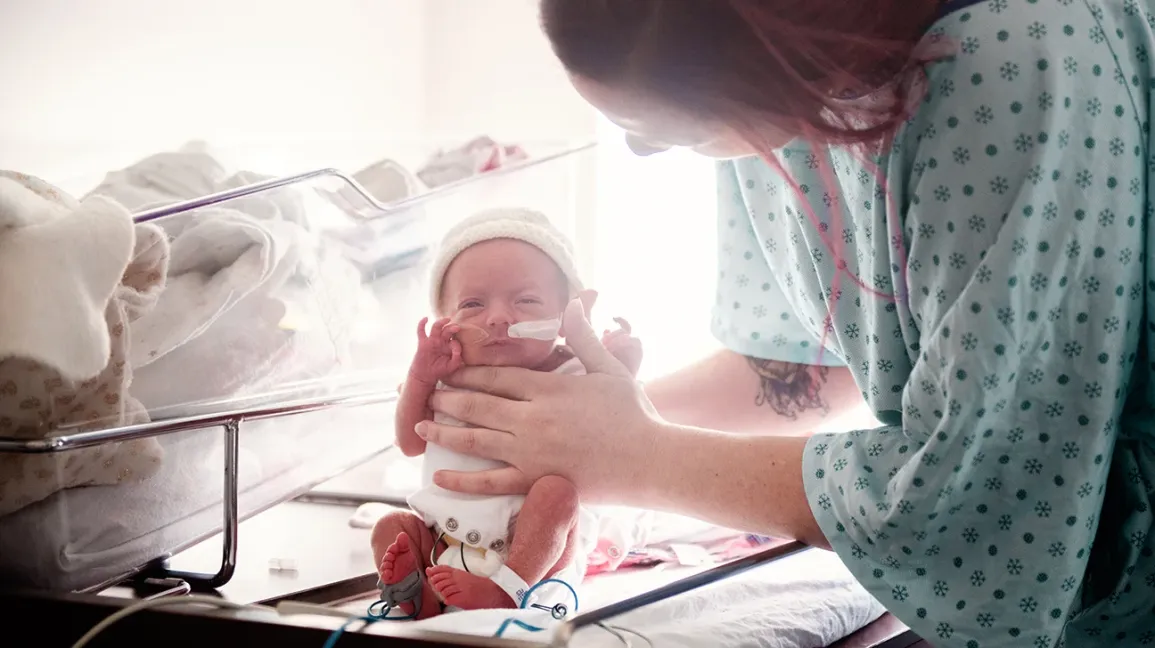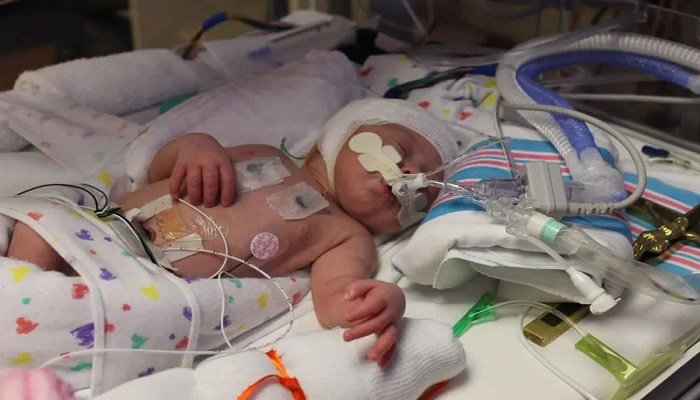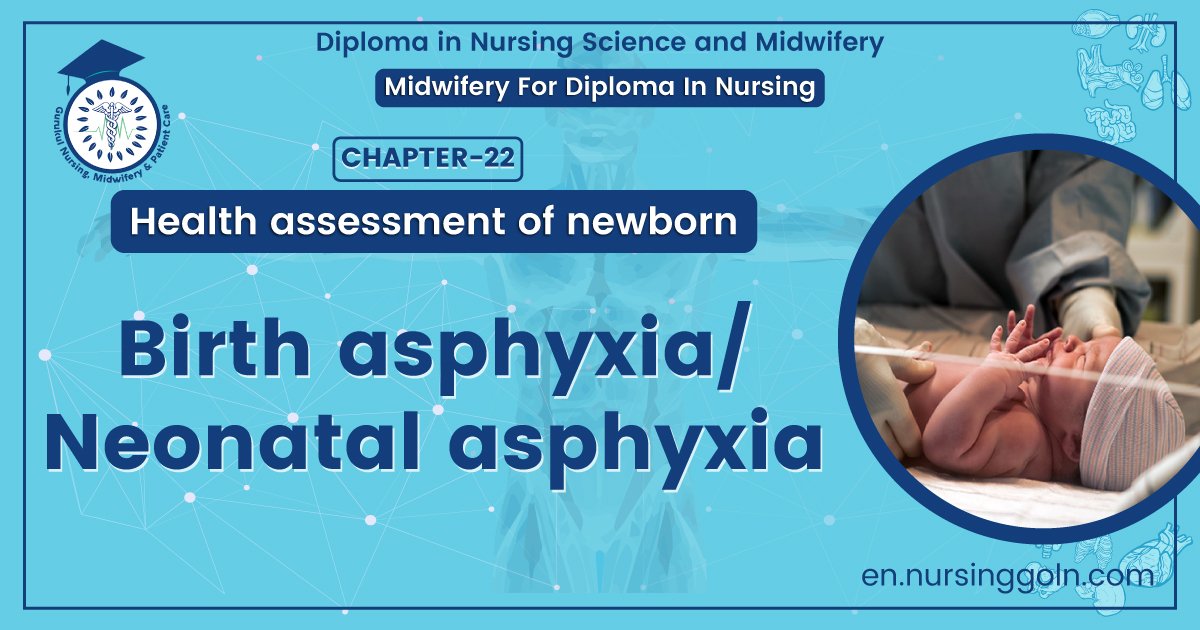Birth asphyxia / Neonatal asphyxia- This course is designed to understand the care of pregnant women and newborn: antenatal, intra-natal and postnatal; breast feeding, family planning, newborn care and ethical issues, The aim of the course is to acquire knowledge and develop competencies regarding midwifery, complicated labour and newborn care including family planning.
Birth asphyxia / Neonatal asphyxia
Birth asphyxia
Birth asphyxia is the non-establishment of satisfactory pulmonary respiration at birth.
Or
Perinatal asphyxia an insult to the fetus or newborn due to a lack of oxygen(hypoxia) and / or a lack of perfusion (ischemia) to various organs. It is often associated with tissue lactic acidosis and hypercarbia.
Or
Perinatal asphyxia may be defined as hypoxic insult to the fetus severe enough to cause metabolic acidosis, neonatal encephalopathy and multi organ system dysfunction.

Prenatal asphyxia
It is the term used to the state of decreased oxygen delivery (hypoxia) to the fetus or neonate resulting in inadequate tissue perfusion (ischemia).
Clinical features of perinatal asphyxia
Symptoms of asphyxia in a baby at the time of birth may include:
1. Baby is not breathing or breathing is very weak.
2. Skin color is bluish or pale.
3. Heart rate is low.
4. Muscle tone is poor or reflexes are weak.
5. Too much acid is in the blood (acidosis)
6. The amniotic fluid is stained with meconium (first stool)
Or (another answer)
The perinatal asphyxia is diagnosed when the neonate is having all of the following clinical and biochemical features:
1. Cord blood (umbilical artery) pH of less than 7.0 with a base deficit of more than 10 mEq/L.
2. Neonatal neurological manifestations suggestive of hypoxic-ischemic encephalopathy (HIE).
3. Evidences of multisystem organ dysfunction (e.g. cardiovascular, renal, gastrointestinal, hematologic or pulmonary).

Causes of birth asphyxia
Antepartum factors: These include placental insufficiency due to
1. Pre-eclampsia
2. Hypertension
3. Anemia
4. Diabetes mellitus and postmaturity
5. Other factors include –
- Antepartum hemorrhage
- Malpresentation or abnormal lie
- Multifetal pregnancy
- Poor fetal growth
- Rh-isoimmunization, bad obstetrical history
- Maternal systemic diseases (asthma, heart disease)
- Poly- or oligohydramnios
- Maternal drug therapy (with lithium, reserpine, magnesium, etc.) Or maternal drug abuse
- Placental malformations
- Vascular anomalies of the cord
- Congenital anomalies of fetus.
Intrapartum factors: The important intrapartum factors are-
1. Fetal distress.
2. Preterm labour.
3. Antepartum haemorrhage.
4. Cord prolapse.
5. Tight umbilical cord around the fetal neck.
6. Premature rupture of membrane.
7. Meconium stained liquor.
8. Prolonged labour more than 24 hours.
9. Prolonged second stage more than2 hours.
10. Maternal distress.
11. Difficult delivery in mal-presentation.
Postnatal factors: These are mainly related to –
1. Pulmonary abnormalities.
2. Cardiovascular abnormalities.
3. Neurological abnormalities.
Birth Asphyxia Treatment
Birth asphyxia is a complex condition that can be difficult to predict or prevent. Prompt treatment is important to minimize the damaging effects of decreased oxygen to the baby.
Specific treatment for birth asphyxia is based on:
- The baby’s age, overall health and medical history.
- Severity of the baby’s condition.
- The baby’s tolerance for specific medications, procedures or therapies.
- Expectations for the course of the condition.

Babies with more serious asphyxia may need
1. Breathing support from a machine that sends small, rapid puffs of air into your child’s lungs. Some babies may need nitric oxide through a breathing tube or a heart-lung pump for life support.
2. Body cooling (hypothermia).
3. Medicine to control blood pressure.
4. Kidney support with dialysis.
5. Medicine to treat seizures.
6. Intravenous (IV) nutrition to give their bowel time to recover
When needed, we provide these advanced treatment options
1. High-frequency ventilation: High-frequency ventilation uses a breathing machine that sends small, quick puffs of air into your baby’s lungs. It is gentle than a regular breathing machine, which sometimes uses high pressure that can damage fragile newborn lungs.
2. Inhaled nitric oxide: Inhaled nitric oxide is used if your baby has respiratory failure or high blood pressure in the lungs (pulmonary hypertension). Your baby will get nitric oxide through a breathing tube into their airway. This helps open (dilate) the blood vessels in their lungs so the vessels can carry oxygen-rich blood around the body.
3. Hypothermia: Research shows that cooling a baby’s internal body temperature to 33.5 degrees C (about 91 degrees F) for 72 hours can help protect their brain from damage during the second stage of asphyxia. This stage (reperfusion) is when normal blood flow and oxygen are restored to the brain. This treatment works best to reduce brain damage if it is started within 6 hours after birth. This treatment is only used if babies are at least 35 weeks’ gestation (not more than 5 weeks early).
4. Extracorporeal life support (ECLS): Extracorporeal life support uses a heart-lung pump to provide temporary life support when a baby’s heart or lungs are not working well or need time to heal. “Extracorporeal” means outside the body. Oxygen-poor blood is drawn into a machine that removes carbon dioxide, adds oxygen and then returns the oxygen-rich blood to the baby’s body. We will give your baby sedation while on ECLS. A nurse and an ECLS specialist will closely monitor your baby. The ECLS machine used to be called extracorporeal membrane oxygenation (ECMO).
5. Follow-up treatment.
Read More.
